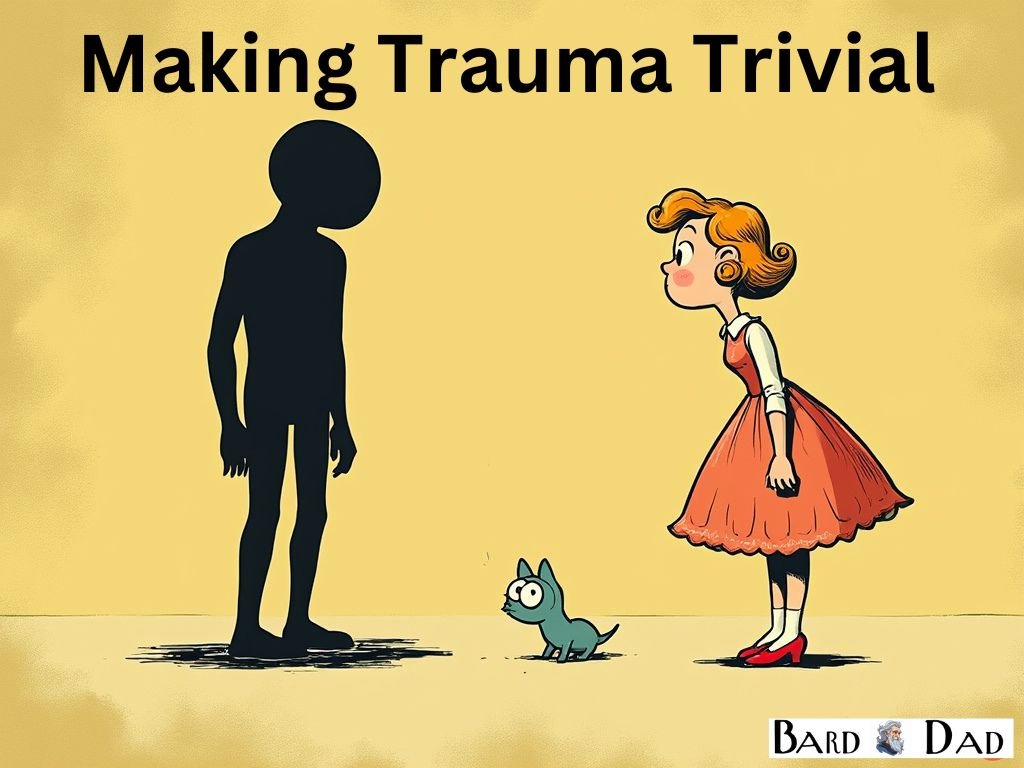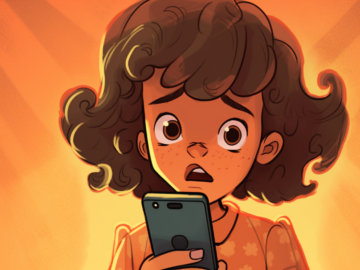Hi Son, I hope this letter finds you well.
I don’t know if you know this about me, but I met Tony Robbins, the giant of motivational speaking, not just in stature but in the world of self-help! I was just 25 at the time, and my company sent me to one of his seminars. He was just getting started, and he was lucky if he could fill a hotel conference room with 50 to 100 people. Today, as you know, he out sells full stadiums.
In that seminar I attended, he suggested a memory technique called NLP, which stands for neural linguistic programming. Robbins went on to popularize the method in his books and seminars. I’m sure there are better ways of explaining it than what I’m detailing here, but in a whimsical way, here is the gist of his method. I’m sure it will help you murder your demons.
I Call it the Memory Shrink-Ray Technique.
Step 1: Select Your Memory Villain:

First, you choose a memory that’s been more persistent than a telemarketer calling you every half hour. This memory should be one that evokes negative emotions. For some, it’s gonna be some sort of traumatic event that happened in their childhood, for others it might be the day their boss fired them from a job they loved. It doesn’t matter, it’s just that persistent memory that pops up in your head every time you’re trying to enjoy yourself. It’s that persistent memory that haunts you, and may have changed you into somebody that you do not want to be.
Step 2: YouTube that Trauma to Trivial.
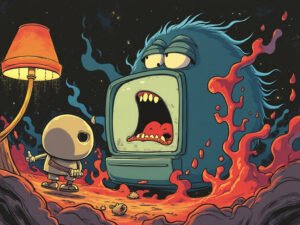
This is the most important step, imagine this memory as a full-color, surround-sound clip where you’re both the director and the unfortunate star. You’re in the scene, feeling all the pain, seeing all the awful sights in vivid detail. The step, sort of, forces you into reliving the details. Sorry about that. I know this step could be very hard on you at first. But bear with me. It’ll be better soon.
Step 3: The Director’s Cut:
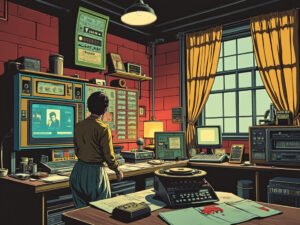
Now, step out of the scene. You’re no longer in the movie; you’re in the editing room with a wide screen monitor with the latest video editing software and a mouse in the shape of a memory hatchet. Here, you start to take control, reshaping the memory where you’re no longer the victim. You get to move the elements around, change the scene, reformat the memory.
Step 4: Apply Filters to the Villains.
If the bad memory is about a person, maybe somebody who hurt you in your life or the driver of that car that ran over your cat. The next step is also critical. Because what you’re gonna do now is apply a bunch of goofy filters to that evil person. Perhaps make his or her ears larger. Change the hair color to pink. Lob off a leg, or just make them look afraid. In real life, you can do this just by scanning that photo into AI and asking it to distort the photo. Distorting the memory is a critical step in neural linguistic programming because it changes the way you remember that bad person.
I like to make the image as funny as possible because I wanna laugh at the person instead of remembering them the way they were. I typically clown-face them. But not too evil looking because I wanna giggle, not be afraid anymore.
Step 5: Go Monochrome:
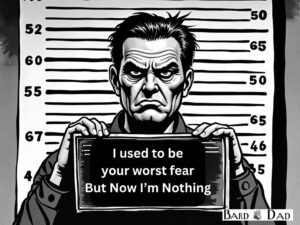
Press the button that turns this vibrant movie into a black and white film. Not the artsy kind, but more like those old, grainy films where everyone moves too fast. Lower the resolution from 4K down to an image that you would see on an old black-and-white TV. Imagine cartoon characters from the 50s in the scene. And generally just play around with making it as insignificant and unenhanced as possible. The step is important because we tend to over enhance bad memories. We tend to make them bigger than they really are. We tend to dwell on them unnecessarily. The more you deprioritize and lower the significance, the easier it will become.
Step 6: Soundtrack Silencer:
If your memory has sound, mute it. Or better yet, replace the soundtrack with something ridiculous, like circus music or a kazoo concert. This step often adds a touch of humor, making the memory less intimidating. Clips from Weird Al Yankovic, albums, or hyena calls, work great here, but have some fun because you’re trying to convert this bad memory into something that makes you laugh.
Step 7: Convert it to a Snapshot:

Now take that black and white low-resolution comedy movie and pick a single scene from the clip, find the funniest one, the one that makes you laugh instantly when you look at it. And snap that into a photo in your mind’s eye.
Step 8: Shrink It Down:
Now, visualize shrinking the memory photo. It’s like resizing a window on your computer, but way more fun. Shrink it until it’s the size of a postage stamp. The smaller it gets, the less power it has over you.
Step 9: Frame It:
Imagine putting this tiny, black and white image into a frame. But not a fancy one. Think more like a frame you’d find at a yard sale, slightly chipped, and maybe with an Easter bunny in the corner.
Step 10: File It Away:
Now, mentally file this framed photo into an old, dusty cabinet in the back of your mind’s attic. The kind of place where memories go to be forgotten, alongside algebra formulas and the names of people you met once at a party. It’s important not to delete it, but instead use it as a replacement memory for the bad one you had. Just make sure that when you yank it out of that dusty old place in your brain that you immediately smile when you recall it..
The Importance of DISEMPOWERMENT

The idea behind this NLP is to disempower your negative memory by changing how you perceive them. By altering the visual and auditory elements, you’re essentially rewriting the script of how that memory affects you. It becomes less of an immersive, emotional experience and more of a distant, less significant event.
Remember, the goal isn’t to erase memories, but to strip them of their power to evoke negative emotions. And if you can chuckle at the thought of your once-traumatizing memory now featuring a kazoo soundtrack, you’re on the right track!
Remember I love you son,
Kevin B. Leigh, The Bard Dad

